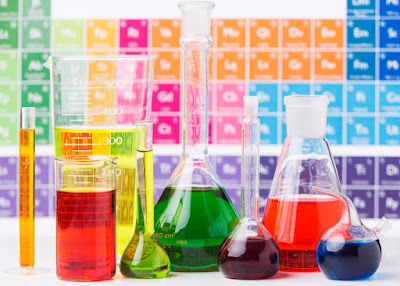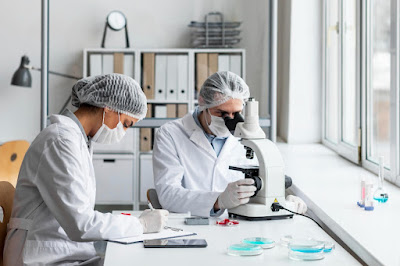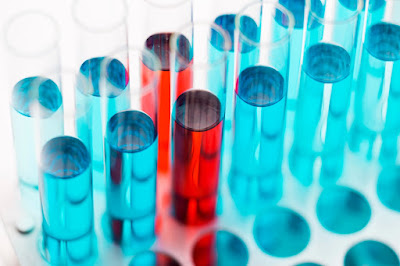What Are the Major Types of Chromatography?

Here we'll go through the types of chromatography. But I think it's a good moment to discuss what the different analytical techniques are separated based on. So, chromatography is a separation based on polarity differences but distillation is something where you separate based on boiling point differences, extraction involves separation based on acidity or basicity and spectroscopy is a way of identifying what kind of compound do you have by looking at what type of light rays it absorbs. If you are thinking about analytical techniques, it's good to know sort of how they work and their general operation but also understand what they separate based on because that can be a very commonly tested topic. Chromatography is all separated based on polarity differences. it separates based on a stationary phase that is rather polar and it has an adsorbent material which is something polar that other things bind with a mobile phase. Which is oftentimes a liquid sometimes a gas but...





